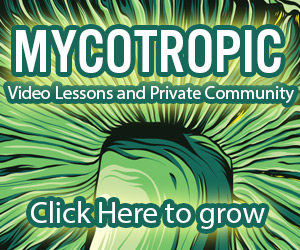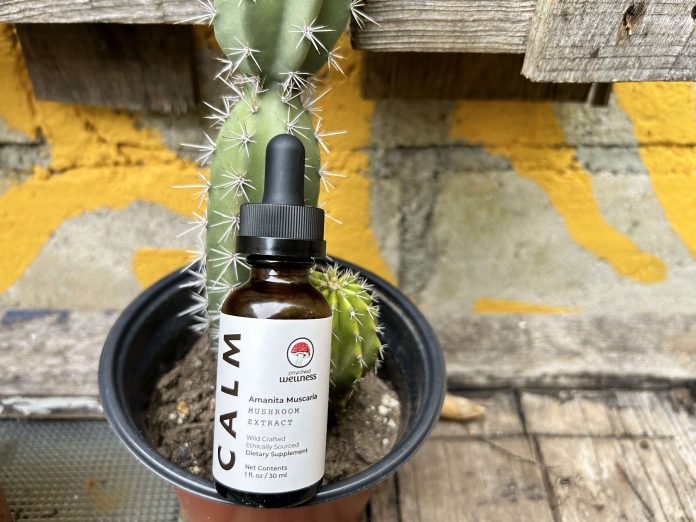So why are Amanita muscaria mushroom products legal in the U.S. while psilocybin mushroom products are not?
And why are psilocybin truffle products legal in the Netherlands while Amanita muscaria products are not?
This same disjointed regulatory approach to ‘magic mushrooms’ is scattered far and wide across global drug policy regarding psychoactive mushrooms.
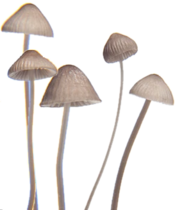
For example, psilocybin mushrooms are legal to possess, sell, transport and cultivate in Nepal, while each of these actions is illegal (yet ‘unenforced’) in neighboring India.
Psilocybin Mushroom Legality Worldwide
Amanita muscaria Mushroom Legality Worldwide
In Australia, psilocybin is medically available via a prescription from your psychiatrist – an ‘incremental step’ towards normalization of psychedelic medicines which has been celebrated across the globe – yet the possession and use of Amanita muscaria products remains illegal nationwide.
Widespread cultural interest in ‘magic mushrooms’ and several years of mainstream media coverage thanks to the ‘Shroom Boom’ – has led to a boom in Amanita muscaria product availability in the United States and beyond thanks to the legality of this mushroom and its compounds. I must clarify that ‘Shroom Boom’ is not my favorite nomenclature, but it’s a relatable and widely-used expression for referring to the recent explosion in popularity that mushrooms have experienced.
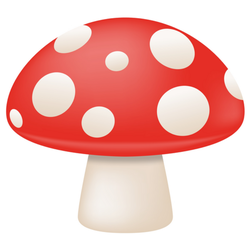
I’ll also mention that technically there’s no such thing as a ‘legal’ or ‘illegal’ mushroom or substance for that matter; it’s your relationship with the mushroom or substance that’s criminalized.
A few years ago, I never recall seeing an amanita product or meeting anyone who consumed Amanita muscaria mushrooms. Everyone knew what they were, but they never penetrated the psychedelic underground in any significant way. Anyone talking about ‘magic mushrooms’ was always referring to psilocybin cubensis.
Last year in Chicago was my first time seeing Amanita products legally available over the counter at a smoke shop. In the year since then, I’ve been seeing Amanita gummies, chocolates, tinctures, teas and all kinds of other products pop up frequently all over the place.
I know very few people who naturally gravitate towards Amanita use, whereas basically everyone is interested in psilocybin mushroom use.
This dichotomy in place here around the ‘legality’ of one of these mushrooms vs. the ‘illegality’ of the other, as well as policy and market forces related to each, are definitely topics that warrant more discussion at large in the psychedelic space and beyond.
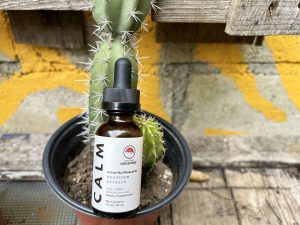
There are also so many unanchored myths about the Amanita muscaria that get trumpeted as fact despite the absence of any conclusive evidence; as I understand it currently, there’s no concrete evidence validating the concept that ‘Santa Claus is inspired by an Amanita’ or that ‘Vikings used to eat Amanita before battle and go berserk’ – yet these depictions are often accepted as fact and circulated among historians and novices of entheogenic lore.
I’ve tip-toed into the world of Amanita but haven’t done a full send yet. One connection that I’ve made in limited experience with it is that there seems to be a strong influence on dreams the night of ingestion – and in one case, just by having a fresh amanita muscaria specimen on the nightstand next to my pillow one night.
All things considered, the bottom line here is that it makes less than zero sense why some magic mushrooms are legal some places, and others are legal other places, and all of them fall under different regulatory scheduling all over the place.



